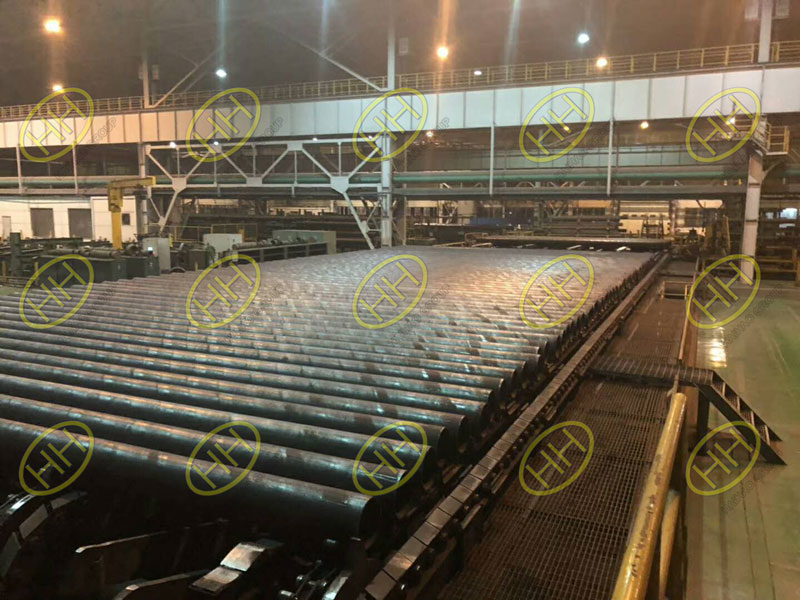Transverse and z-Direction CVN impact tests of X65 line pipe steels
Centerline segregation occurs as a positive concentration of alloying elements in the mid-thickness region of continuously cast slab. Depending upon its severity, it may affect mechanical properties and potentially downstream processing such as weldability, particularly for high-strength line pipe. The segregation fraction in continuously cast slabs and corresponding hot-rolled strips was assessed on API 5L grade X65 line pipe steels with different levels of segregation, rated as Mannesmann 2.0 and 1.4.
The results showed that the segregation fraction in hot-rolled strip samples was in accordance with that assessed in the cast slabs, and the segregated regions in hot-rolled strip samples were found to be discontinuous. Transverse and z-direction CVN impact tests were conducted on the two strips and the results showed that centerline segregation does have an influence on the Charpy impact properties of line pipe steel.

API 5L PSL2 X65 seamless steel pipes
Specimens located at segregated regions exhibited lower Charpy impact toughness and strips rolled from slabs with higher segregation levels are more likely to exhibit greater variability in Charpy impact toughness. The influence of centerline segregation on z-direction Charpy impact toughness is more severe than on transverse Charpy impact toughness. Lower Charpy impact toughness and brittle fracture surface with cleavage facets along with rod-shaped MnS inclusions were observed for the strip rolled from slab with 2.0 segregation rating if the Charpy specimens were located at segregated regions. The influence on Charpy impact toughness can be associated with the pearlite structure at the centerline and level of MnS inclusions.
Based on the welding process parameters of high strength pipeline steel, the artificial neural network (ANN) model has been developed to predict Charpy_V notch (CVN) impact toughness of the welded joint. The model with back propagation (BP) algorithm is built in batch mode and optimized using momentum and adaptive learning rate. Futhermore, it is also optimized using genetic algorithm (GA).
Five process parameters, namely the welding layer, wall thickness, the welding processes, the preheat temperature, the mean energy input, are used as input variables and the CVN of the welded joints is considered as the output variable. The training and testing of the ANN model have been done using 119 datasets which were obtained from practical welding. The number of the testing samples with error less than 20% is about 74% in total testing data. It is found that the CVN of pipeline welded joints can be effectively predicted using the model and the GA outperforms the commonly BP algorithm used as an neural network training technique. Based on this model, the influence of the preheat temperature and the mean energy input on the CVN is also analysed. The results show that the preheat temperature and the mean energy input have little effects on the automatic welding, but large on the semi-automatic welding and the manual welding for root welding. So a reasonable choice of the preheat temperature and the mean energy input is necessary.
If you would love to know more technical information, please send email to me : sales@haihaogroup.com
